'Saharashri' Subrata Roy's Legacy: Complex Lessons for India's Financial Governance
"De mortuis nil nisi bonum". Also, "I come to bury Caesar, not to praise him": Mark Antony, in Shakespeare's Julius Caesar.
Dissecting Subrata Roy's Legacy: A Tale of Dreams and Debates in Financial Oversight
On 14th November 2023, Subrata Roy, often known as 'Saharasri', passed away at the age of 75. This reflection is neither a glorified eulogy nor a posthumous critique. It's an objective examination of a life that weaved dreams, ignited controversies, and triggered intense debates about financial oversight in India. Roy's journey, marked by his philanthropic initiatives and his prolonged legal struggles, including his time in Tihar Jail, highlights a crucial narrative of regulatory lapses. The Sahara case serves as a stark reminder for regulators to proactively identify and curtail potential Ponzi schemes. It's also a wake-up call for investors, urging them to transcend greed and exercise due diligence. The absence of regulatory action should never be misconstrued as approval, nor should any official approval be construed as a guarantee of safety for investments. This article aims to unravel the complex legacy of Subrata Roy, underscoring the lessons his story holds for both regulators and investors.
Early Life and Business Ascension
Subrata Roy, born in Araria, Bihar on June 10, 1948, embarked on his entrepreneurial journey in Gorakhpur after completing his mechanical engineering education. In 1978, he laid the foundation of “Sahara India Pariwar”, a venture that would grow into a diversified conglomerate, encompassing sectors like real estate, finance, media, airlines and hospitality. Notable milestones included the launch of Rashtriya Sahara, the development of Aamby Valley City, and the acquisition of prestigious properties like the Grosvenor House and the Plaza Hotel. By 2004, Sahara had emerged as a major employer in India, next only to the Indian Railways, boasting a vast network of over 1.2 million workers and a countrywide investor base, comprising mainly small depositors.
Beneath the Surface: Subrata Roy's Philanthropy and Management Controversies
In the realm of business and philanthropy, Subrata Roy's journey was a blend of notable humanitarian contributions and a distinctive management style, underpinned by complexities and criticisms. Roy's efforts in disaster relief and support for the families of Kargil War martyrs were commendable, yet critics argue that these actions, though substantial, were relatively modest compared to the vast funds amassed from the public. Moreover, it's suggested that these charitable acts, financed from the collected corpus rather than personal wealth, served dual purposes: garnering positive media attention and currying favor across the political spectrum. This strategic philanthropy is seen as a veneer, possibly masking more questionable business practices.
The moniker 'Managing Worker' bestowed upon Roy, while reflecting a hands-on approach and a purported affinity with his vast workforce, also raises questions about his intent and legal positioning. Critics perceive this title as a tactical maneuver to circumvent the stringent fiduciary responsibilities and liabilities typically associated with being a company director under corporate law. Despite these humanitarian and managerial endeavors, Roy's career was marred by significant legal entanglements, including a contentious detention linked to disputes with SEBI. He consistently denied allegations of financial impropriety, maintaining his stance of innocence. Roy's story in the corporate and philanthropic sectors thus remains a complex and debated chapter in India's business history, marked by a mix of commendable initiatives and contentious management tactics.
Judicial Intervention: Subrata Roy's Detention and the SEBI Dispute
Subrata Roy's business empire encountered its most serious legal challenge in February 2014 when the Supreme Court of India ordered his detention for contempt of court. This action was a direct consequence of Roy's non-compliance with the Court's directives regarding refund to retail depositors in a financial dispute involving the Securities and Exchange Board of India (SEBI). The immediate trigger for this detention was Roy's failure to personally appear before the Court, an absence he attributed to his mother's ill health. The core of the dispute lay in the non-refund of over Rs 20,000 crore to investors by two Sahara companies, an issue the Court deemed a serious violation of its orders and a breach of legal protocol. Although Roy's detention stemmed from contempt rather than a criminal conviction, it underscored the judiciary's commitment to enforcing its orders.
Throughout this ordeal, Roy asserted the financial robustness of Sahara, claiming that the company's assets surpassed its liabilities and that the majority of investors had been reimbursed. Adding a political dimension to his legal woes, Roy accused the Congress Party's top leadership of targeting him due to his perceived support for a prominent opposition party. These assertions and the high-profile nature of the case brought into sharp focus the complex interplay of business, politics, and the judiciary in India's corporate landscape.
A Legal Labyrinth: The Detention and Parole of Subrata Roy
Subrata Roy's detention in Tihar Jail, starting on March 4, 2014, symbolized the Supreme Court's stringent stance against Sahara's perceived non-compliance with court orders. The judiciary criticized the group for its unyielding attitude in legal proceedings, emphasizing the necessity of obeying judicial decisions. During his imprisonment, Roy challenged the basis of his detention, claiming that the legal procedures were not fully adhered to and arguing that his jail time was unjustified in the absence of a formal conviction or sentencing. He contended that the Supreme Court had deviated from the "procedure established by law in a contempt case" when sending him to Tihar Jail. Roy insisted that his detention was unfair as there was no sentencing hearing, no judgment of conviction, and no proper charges or notice had been issued. Nevertheless, these arguments did not find favor with the Court, and his claims were ultimately not successful in altering the Court's perspective or verdict.
After enduring over two years behind bars, Roy was granted parole in May 2016, offering him a temporary reprieve from the ongoing legal strife that had engulfed him and the Sahara India Pariwar. This period of parole extended until his demise, punctuating a chapter characterized by protracted legal disputes and intense scrutiny over Sahara's business ethics and legal compliance. Roy's journey through the legal system, from detention to parole, highlights the intricate and often contentious nature of high-profile corporate legal battles in India.
The Snail-Slow SEBI Refund Process: Navigating the Sahara Repayment Maze
As of March 31, 2023, the Securities and Exchange Board of India (SEBI) had achieved only modest success in its efforts to refund investors of two Sahara companies, a process that starkly contrasts with the enormity of the total funds involved. The refunds amounted to approximately Rs 138.07 crore, inclusive of Rs 67.98 crore as interest, and were distributed among 19,650 applications, covering 53,687 individual accounts. This gradual, almost painstakingly slow progress is a part of the ongoing initiative to reimburse over Rs 25,000 crore to the myriad investors embroiled in the Sahara debacle.
Governed by the directives of a Supreme Court-appointed committee, SEBI has undertaken extensive measures, such as conducting multiple advertisement campaigns, to identify and reach eligible claimants. The protracted legal struggle with the Sahara Group persists even after Subrata Roy's death, with the focus now shifted to the group's entities. The sheer magnitude of the refund operation highlights the significant impact of this financial debacle, especially on the vast number of investors, many hailing from less affluent segments of society, who continue to await the return of their investments.
The Endless Maze: Unresolved Financial Grievances in the Sahara Case
The Sahara financial saga, with its vast complexity and magnitude, is underscored by the staggering Rs 1.12 lakh crore reportedly tied up in six of the group's companies, affecting around 130 million investors. This colossal sum, including substantial amounts in entities like Sahara Credit Cooperative Society, Sahara India Real Estate Corporation Ltd (SIRECL), and Saharayn Universal Multipurpose Society, paints a picture of a financial quagmire far from resolution. Despite Sahara depositing approximately Rs 15,506.81 crore into the 'SEBI-Sahara Refund' account, a significant disparity persists between this amount and the actual funds disbursed to investors. The intricacies of this refund process, necessitating the verification of countless bond certificates and the meticulous transfer of funds, have created an overwhelming financial labyrinth.
This prolonged impasse is particularly burdensome for the multitude of small investors, many from modest backgrounds, who have sunk their savings into Sahara's schemes. For these individuals, the prospect of seeking legal redress is daunting, hampered by the prohibitive costs of litigation and the 'sinking good money after bad' dilemma. Their limited resources prevent them from effectively challenging the prolonged delay in reimbursements, leaving them ensnared in an ongoing struggle for financial recovery. This situation not only highlights the dire need for an expedited resolution but also casts a spotlight on the irony of a system where those most affected are often the least empowered to seek justice.
Unraveling the Financial Paradox: Subrata Roy’s Wealth and Sahara's Tax Anomalies"
The financial narrative of Subrata Roy and the Sahara Group is shrouded in ambiguity, particularly concerning their net wealth and incongruous income tax contributions. The absence of a publicly available, certified net wealth statement for Roy, who is often counted among India's wealthiest individuals, casts a shadow over claims of transparency within the Sahara empire. While Forbes' estimation of Roy’s net worth hovered around $10 billion, his self-declared figure in 2013 was a mere 50 million rupees, a discrepancy that starkly contrasts with his public persona and raises serious questions about the veracity of these figures. Similarly, the Sahara Group's reported valuation in 2014, with assets worth over Rs 1,52,518 crore, falls short of providing a complete financial picture, lacking a detailed examination of their liabilities and assets across various entities.
The group’s dealings with the Income Tax Department further complicate this financial puzzle. Despite claims of paying over Rs 700 crore as Tax Deducted at Source (TDS) on interest payments, these payments largely offset the tax liabilities of the payees rather than reflecting the Group's own tax contributions. Moreover, the Income Tax Department’s approach of assessing each Sahara entity in isolation, rather than deploying a dedicated team for a comprehensive assessment, potentially obscured the full extent of their financial obligations. This fragmented approach may have inadvertently shielded the true financial state of the Group from public scrutiny. Coupled with legal disputes, including a Supreme Court order for Roy to settle a tax demand of Rs 193 crore dating back to 1998-99, the financial structure of the Sahara Group emerges as both complex and opaque. The significant part of their wealth, seemingly entangled in debts owed to millions of investors, and the disparity between reported income and actual liabilities, highlight the formidable challenge in ascertaining the true financial status of Roy and his business conglomerate.
Beyond Roy's Legacy: Lessons for India's Financial Governance
The tale of Sahara Pariwar, under Subrata Roy's leadership, highlights a critical systemic failure within India's regulatory framework. Despite the vigilant presence of key national bodies like SEBI, RBI, the Registrar of Companies, and the Income Tax Department, Sahara's questionable fund-raising practices slipped through the cracks, impacting millions of small investors, predominantly from India's less prosperous regions. This scenario, where over ten thousand crores remain inaccessible, reflects a stark reality of India being "over-regulated yet under-governed." Roy's demise does not conclude the investors' struggles but rather underscores the urgent need for regulatory bodies to effectively preempt complex schemes that exploit financial systems.
This reality calls for a twofold approach. Firstly, regulators must sharpen their vigilance and adapt to new financial trends, including emerging areas like cryptocurrencies, to prevent similar situations. Secondly, the narrative serves as a cautionary tale for investors, urging them to resist greed, exercise thorough due diligence, and not misinterpret regulatory inaction as endorsement. The Sahara saga, interwoven with achievements and controversies, persists as a resonant lesson in financial governance, emphasizing the need to protect common investors' interests.
While honoring the Indian tradition of refraining from speaking ill of the departed and in the spirit of the Latin maxim "De mortuis nil nisi bonum," our contemplation of Subrata Roy's legacy seeks to strike a balance between respect and pragmatism. The far-reaching effects of his financial maneuvers extend beyond mere historical footnotes, continuing to influence lives and shaping regulatory narratives in India. This situation underscores the pressing need for a more compassionate and effective approach to addressing investor grievances. It also highlights the vital necessity for India's financial regulatory framework to be not only reactive but also anticipatory in its vigilance.


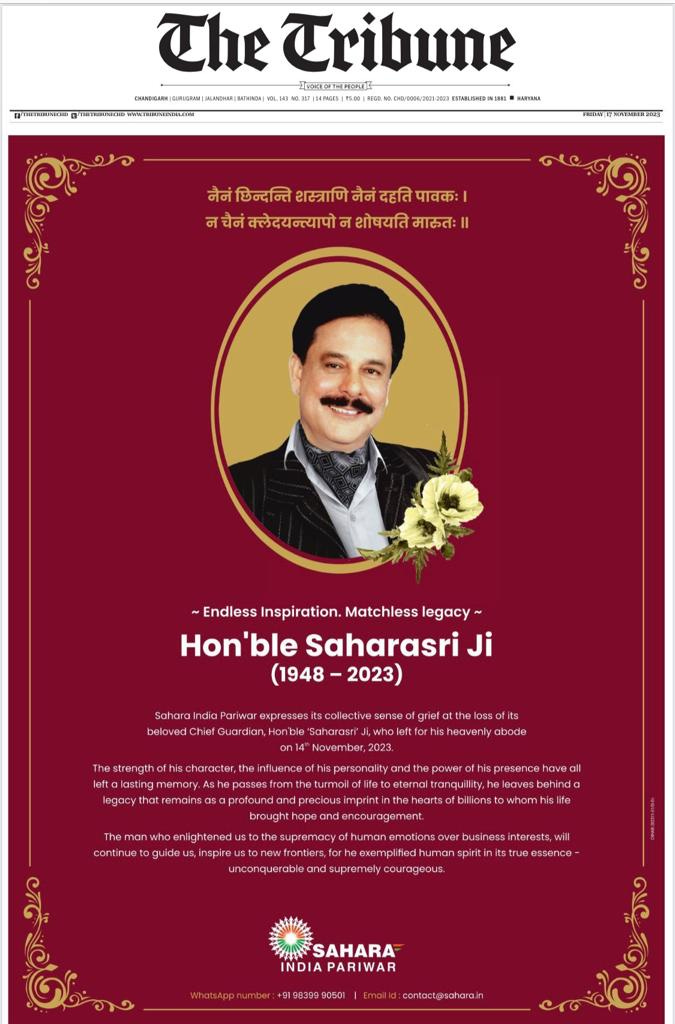
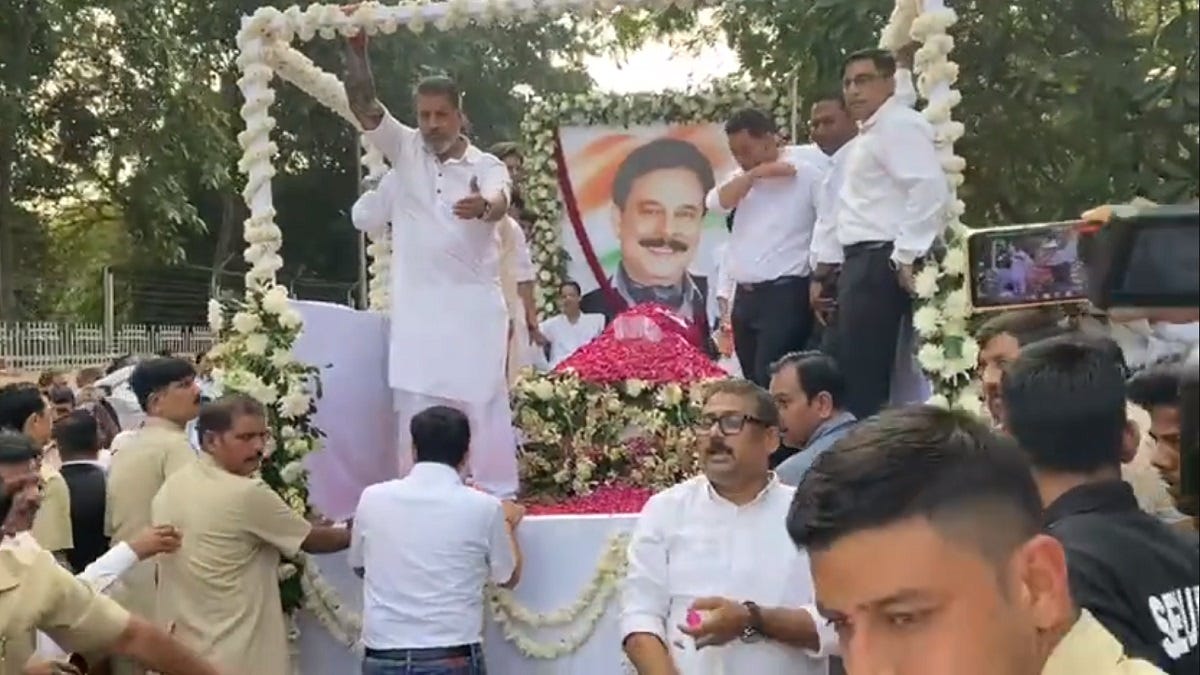
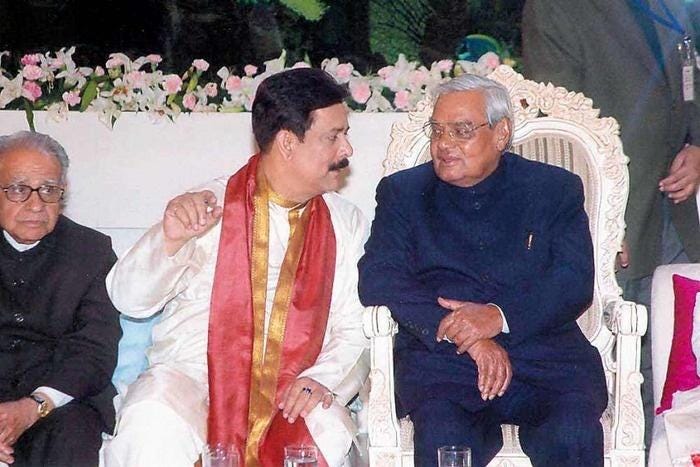
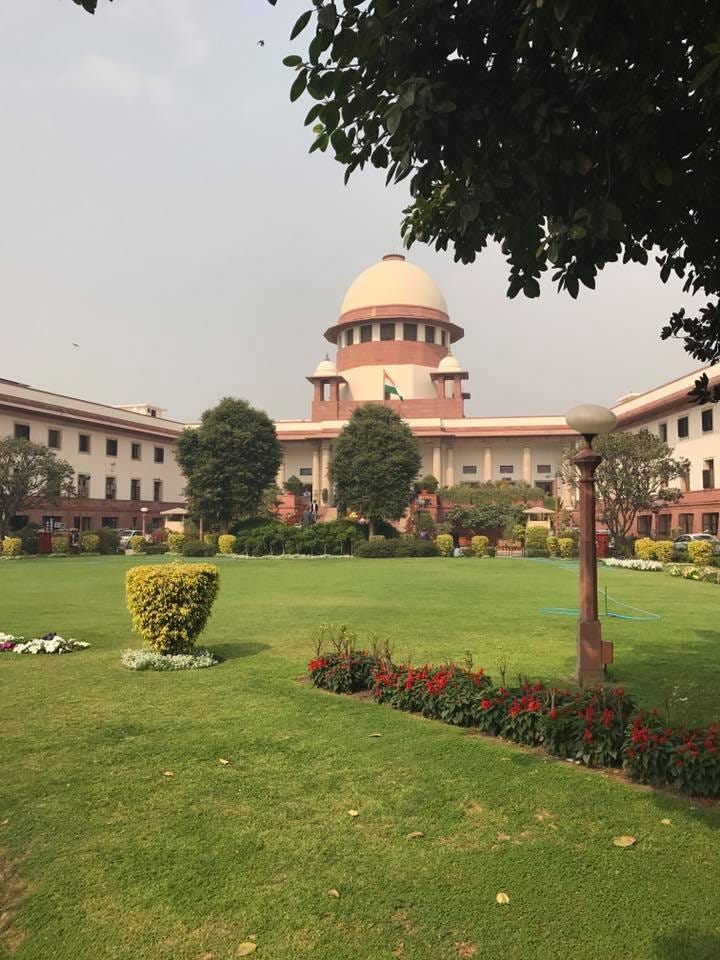

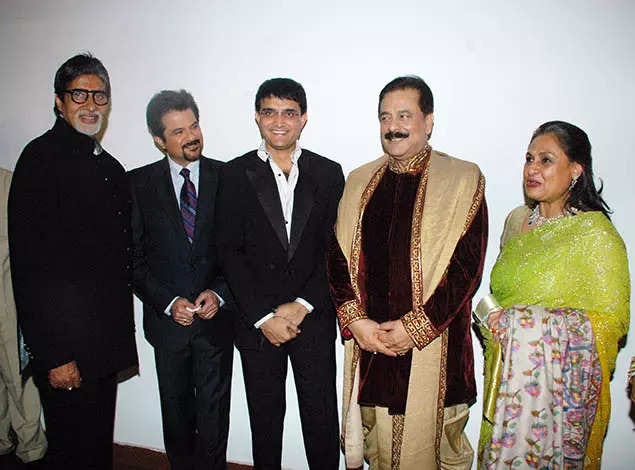
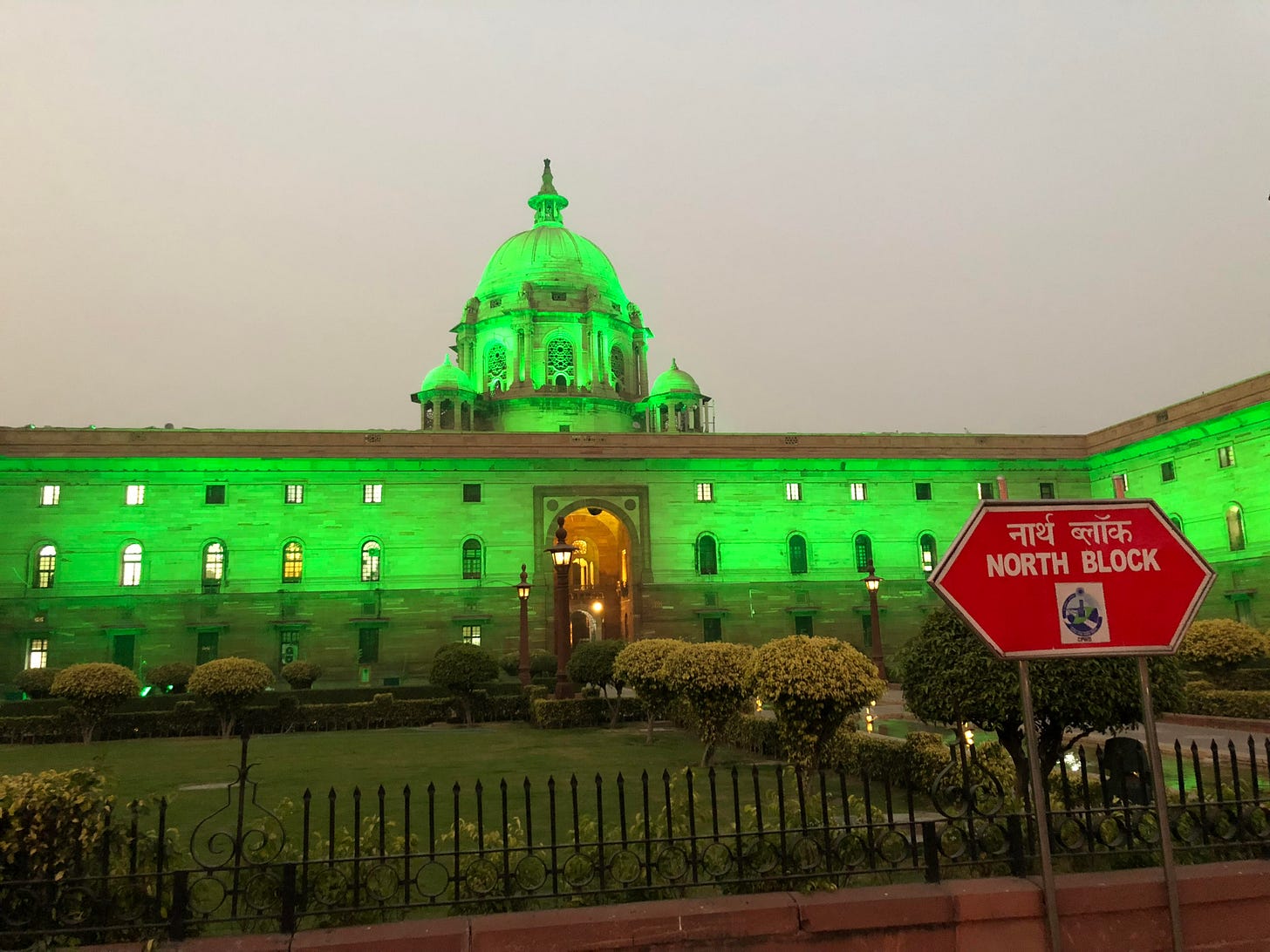
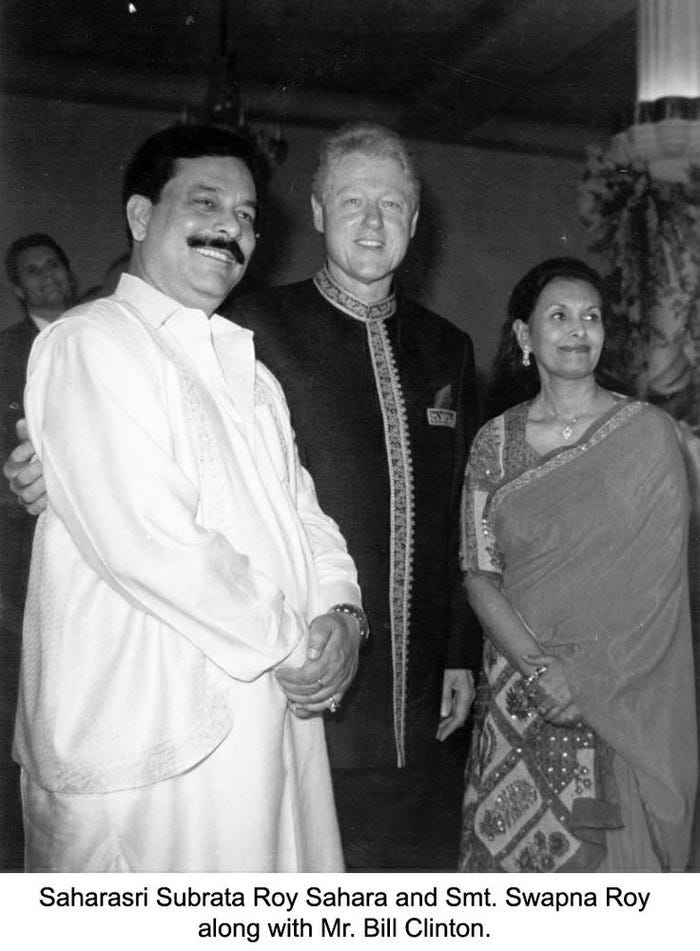


Howsoever robust a regulatory system may be, likelihood of leakages here & there cannot be ruled out untill detected. Hand-in-glove, connivance(Lala-Neta-Babu-Dada)are terminologies, which in fact, played spoil spot in instant case too. Mixing business with service-to-humanity need to be understood in inter-linked perspective. A blend of preventive and curative approach need to be option to arrest ever growing trend of getting-rich-overnight.